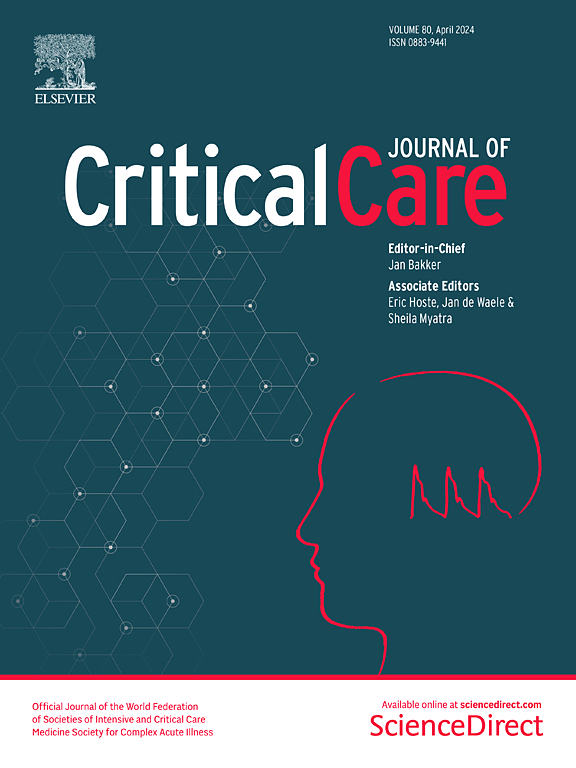Monitoring patients with acute respiratory failure during non-invasive respiratory support to minimize harm and identify treatment failure
IF 8.8
1区 医学
Q1 CRITICAL CARE MEDICINE
引用次数: 0
Abstract
Non-invasive respiratory support (NRS), including high flow nasal oxygen therapy, continuous positive airway pressure and non-invasive ventilation, is a cornerstone in the management of critically ill patients who develop acute respiratory failure (ARF). Overall, NRS reduces the work of breathing and relieves dyspnea in many patients with ARF, sometimes avoiding the need for intubation and invasive mechanical ventilation with variable efficacy across diverse clinical scenarios. Nonetheless, prolonged exposure to NRS in the presence of sustained high respiratory drive and effort can result in respiratory muscle fatigue, cardiovascular collapse, and impaired oxygen delivery to vital organs, leading to poor outcomes in patients who ultimately fail NRS and require intubation. Assessment of patients’ baseline characteristics before starting NRS, close physiological monitoring to evaluate patients’ response to respiratory support, adjustment of device settings and interface, and, most importantly, early identification of failure or of paramount importance to avoid the negative consequences of delayed intubation. This review highlights the role of respiratory monitoring across various modalities of NRS in patients with ARF including dyspnea, general respiratory parameters, measures of drive and effort, and lung imaging. It includes technical specificities related to the target population and emphasizes the importance of clinicians’ physiological understanding and tailoring clinical decisions to individual patients’ needs.求助全文
约1分钟内获得全文
求助全文
来源期刊

Critical Care
医学-危重病医学
CiteScore
20.60
自引率
3.30%
发文量
348
审稿时长
1.5 months
期刊介绍:
Critical Care is an esteemed international medical journal that undergoes a rigorous peer-review process to maintain its high quality standards. Its primary objective is to enhance the healthcare services offered to critically ill patients. To achieve this, the journal focuses on gathering, exchanging, disseminating, and endorsing evidence-based information that is highly relevant to intensivists. By doing so, Critical Care seeks to provide a thorough and inclusive examination of the intensive care field.
 求助内容:
求助内容: 应助结果提醒方式:
应助结果提醒方式:


